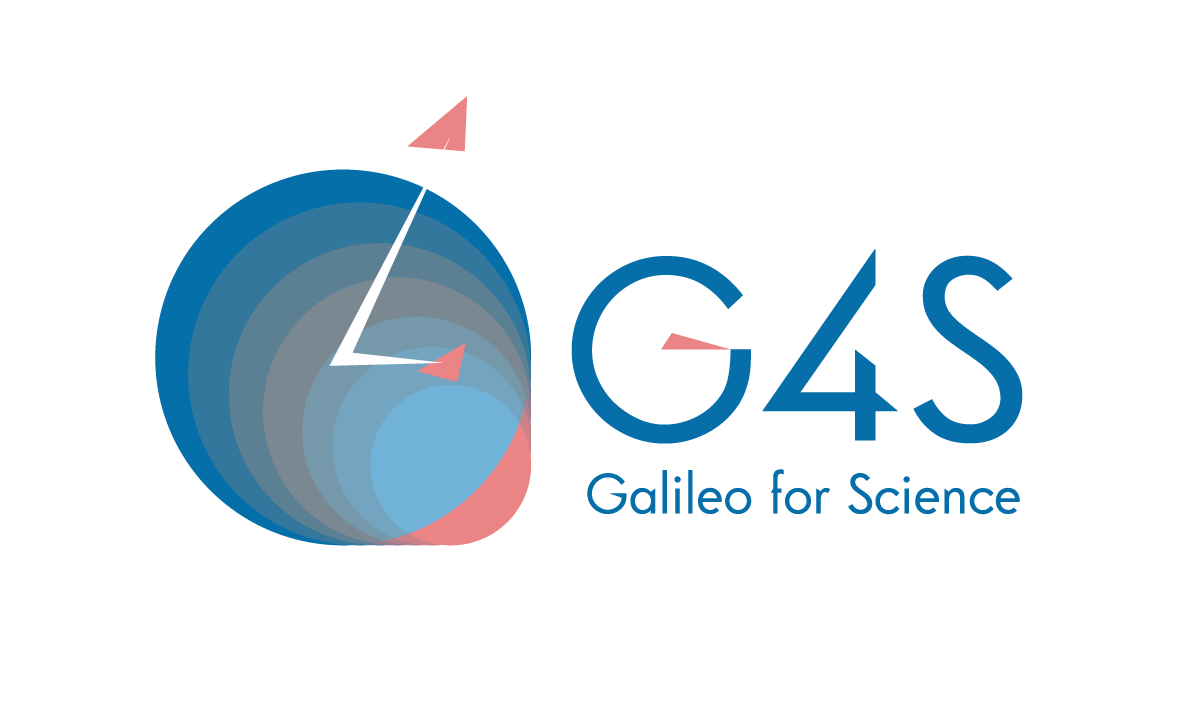What is G4S_2.0?
Project Overview
The Galileo for Science Project (G4S_2.0) is an ongoing project developed under the auspices of the Italian Space Agency within the frame of the Bando Premiale CI-COT-2018-085.
The project has several goals in the field of Fundamental Physics by exploiting the Global Navigation Satellite System (GNSS) Galileo, in particular the Full Operational Capability (FOC) Constellation.
The relatively high eccentricity (≅0.16) of the two FOC in elliptical orbits, GSAT-0201 and GSAT-0202, and the accuracy of their atomic clocks - two Passive Hydrogen Maser clocks and two Rubidium Atomic Frequency Standard - allow to measure gravitational redshift and relativistic precessions of the orbits. These results will place new constraints on possible alternative theories of gravitation, both metric and non-metric in their structure. Furthermore, the analysis of the atomic clock data of the entire Galileo FOC constellation also allows us to probe the presence of Domain Wall Dark Matter in the Milky Way and to place severe constraints on their interaction with ordinary matter.
In this framework, a fundamental point is obtaining a suitable satellite orbit solution by performing an accurate Precise Orbit Determination (POD). To achieve this, it is essential to model the complex effects of the Non-Gravitational Perturbations (NGPs) as well as possible. The NGPs are the most difficult to model due to the complex shape of the Galileo satellites and their attitude law. In this context, a more refined and reliable model for the direct solar radiation pressure, the largest NGP on the Galileo satellites, as well as on any GNSS satellite, is the main challenge.
A further aspect that can improve the POD is certainly the acquisition of more Satellite Laser Ranging (SLR) data from the Galileo FOC satellites. This motivates the request for a dedicated SLR campaign to the Central Bureau of the International Laser Ranging Service.

Research Institutes Involved
- Centro di Geodesia Spaziale (ASI-CGS) in Matera
- Istituto di Astrofisica e Planetologia Spaziali (IAPS/INAF) in Rome
- Osservatorio Astronomico di Torino (OATO/INAF)
- Politecnico di Torino (POLITO)
Galileo for Science 2.0 Scientific Goals
- A new measurement of gravitational redshift exploiting the two Galileo FOC satellites in eccentric orbit
- A measurement of relativistic precessions of the two Galileo FOC satellites in eccentric orbit
- Constraints on Dark Matter in the Milky Way in the form of Domain Walls
- Realizing (in a reverse use) a relativistic Positioning System
- Development of new models for non-gravitational forces
- Development of a new accelerometer concept for a next generation of Galileo satellites

